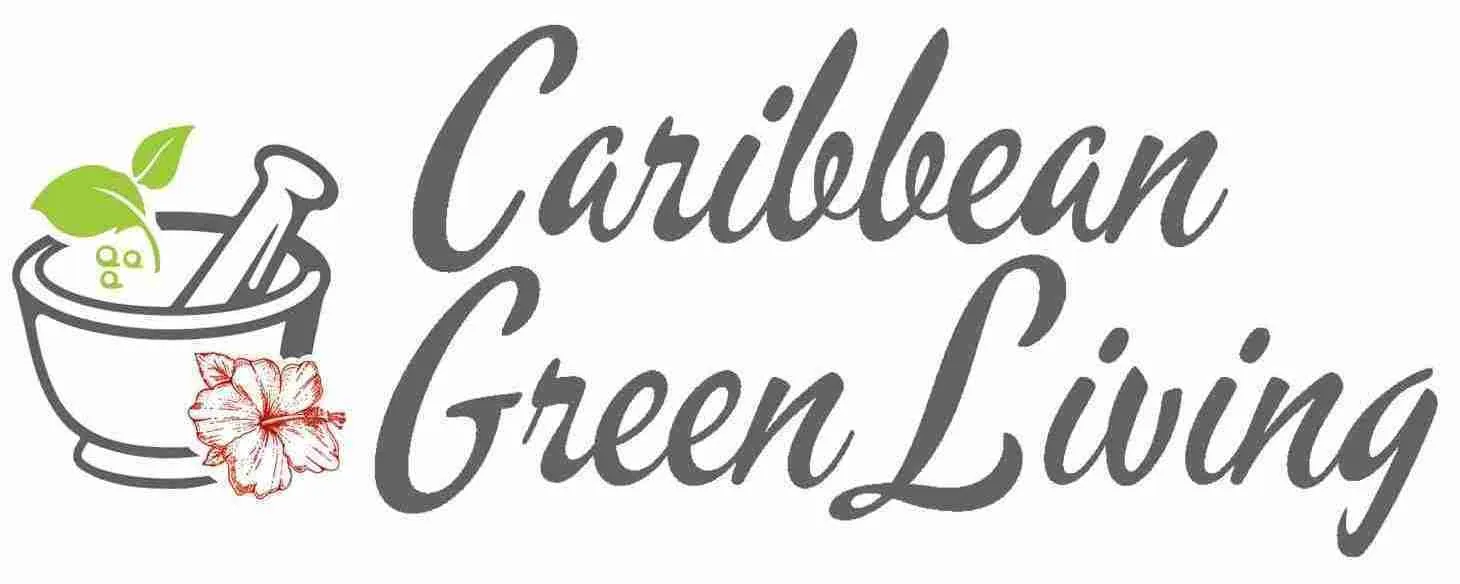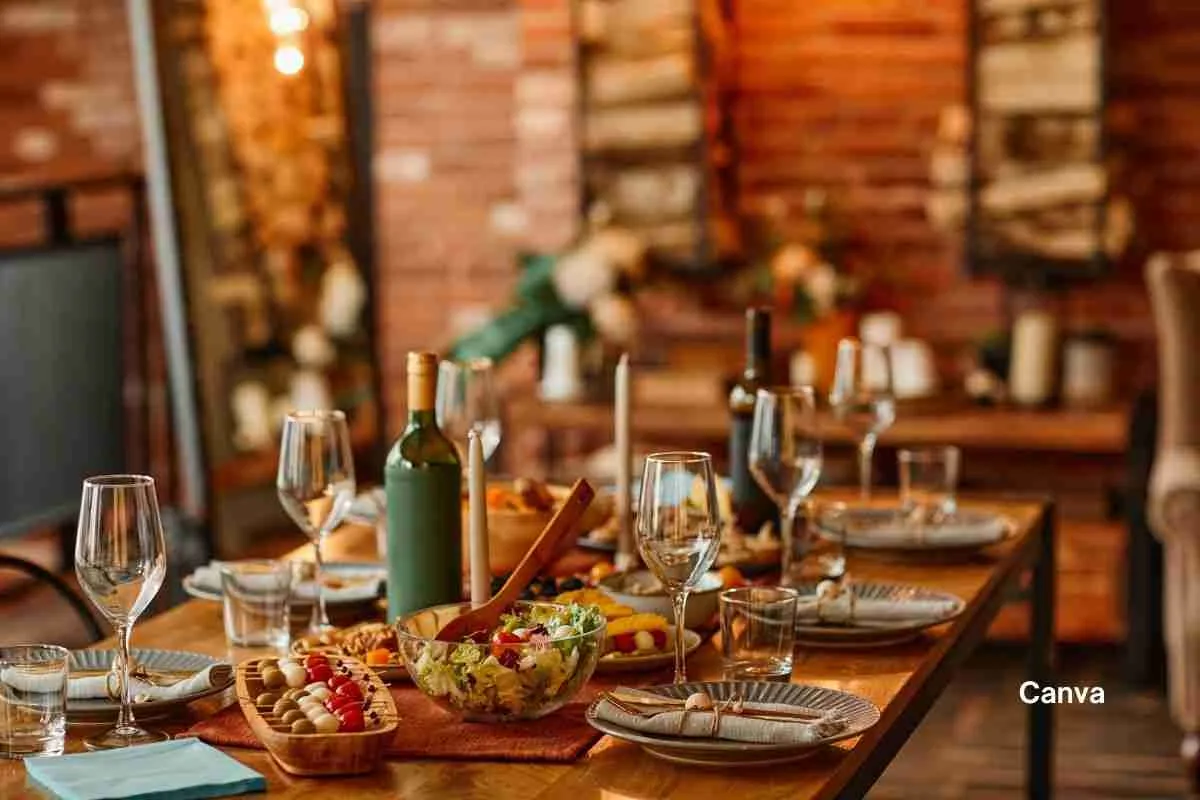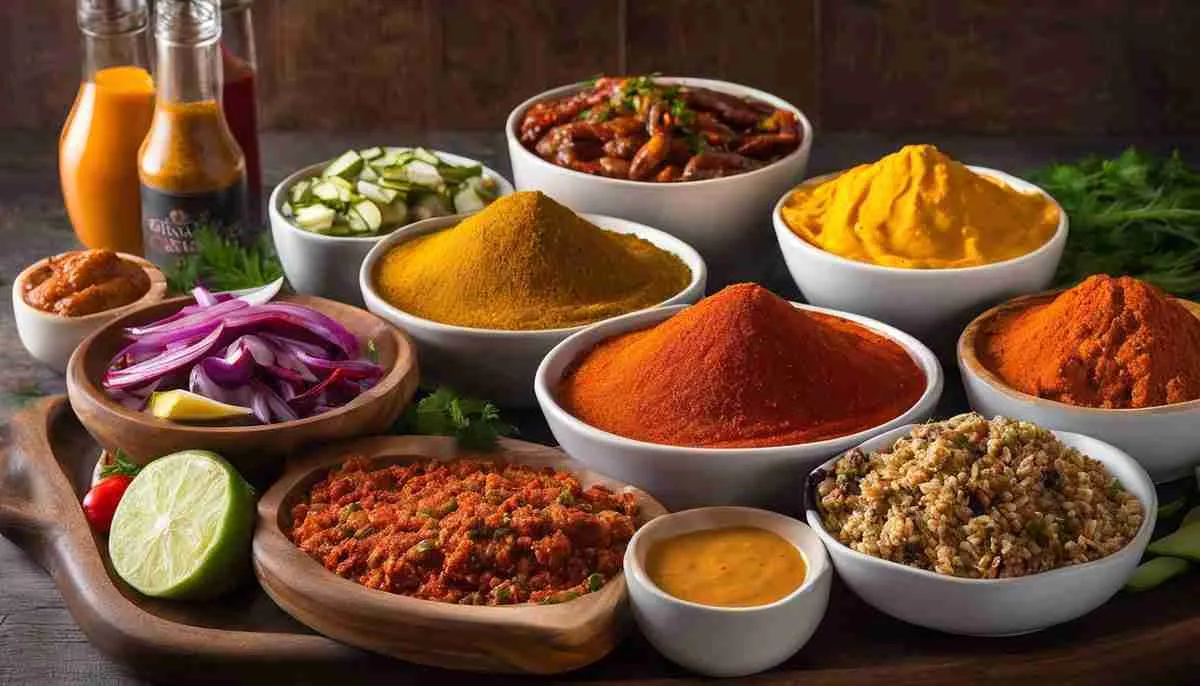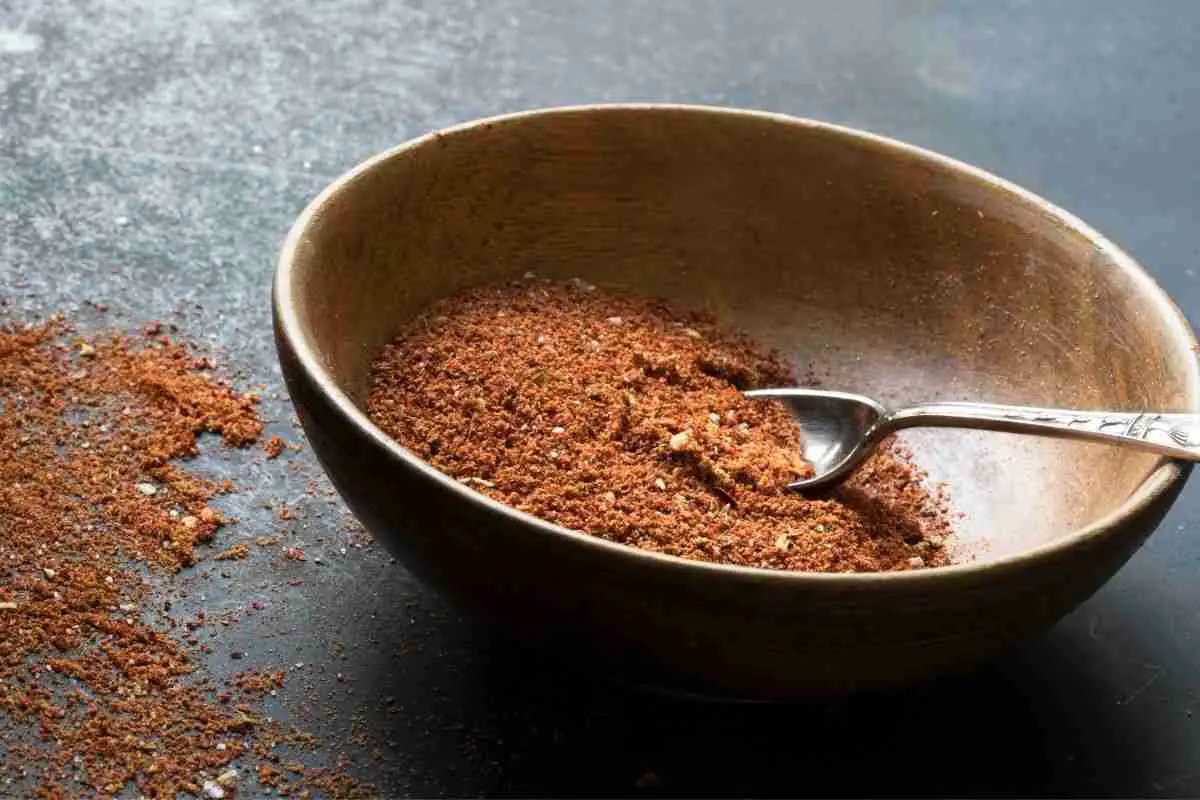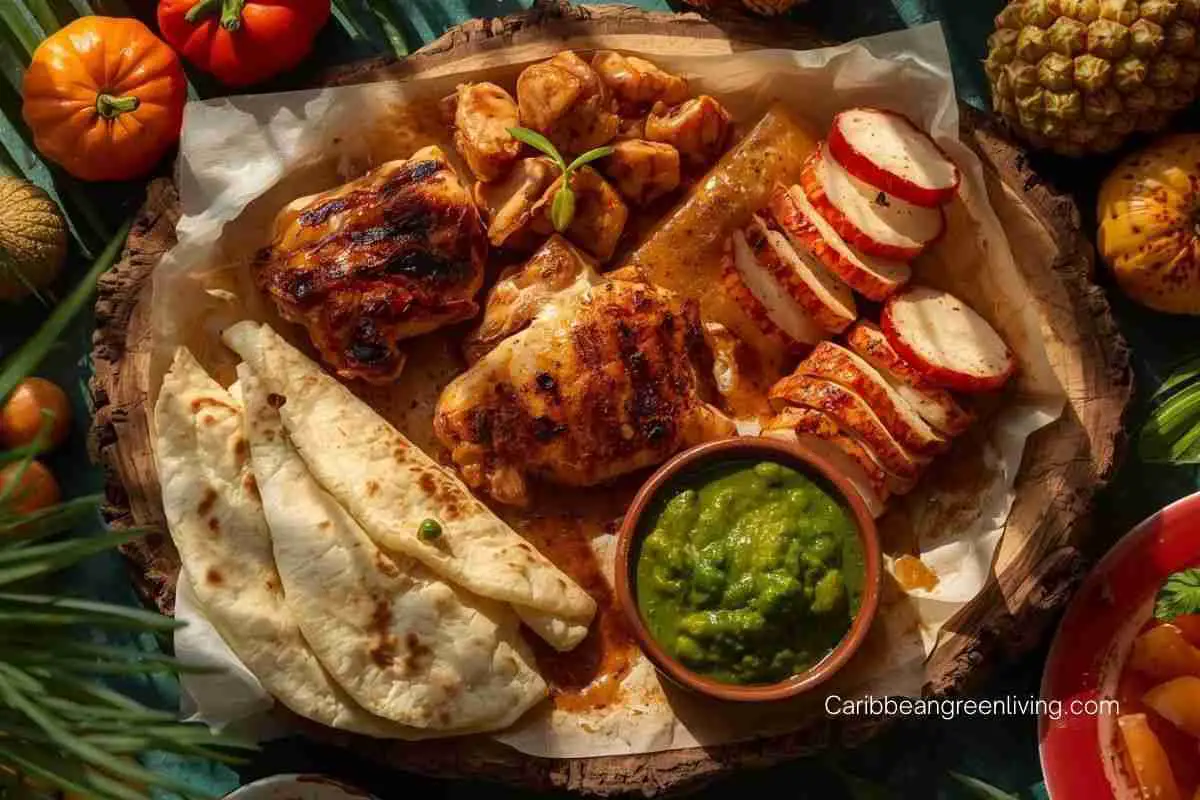The Origins of Caribbean Snacks: A Flavorful Journey Through History
Caribbean snacks are more than just tasty bites—they’re flavorful windows into the rich, complicated, and multicultural history of the region. From the African-inspired akra of Haiti to the Indian-influenced doubles of Trinidad, every crunchy, spicy, sweet, or savory snack tells a story. The roots of these iconic foods stretch across continents and generations, shaped by colonization, migration, resilience, and pure culinary genius.
Today, we’re diving deep into the origins of some of the most beloved snacks from across the Caribbean, highlighting the unique contributions of Haitian, French Caribbean, Jamaican, and Trinidadian culinary traditions.
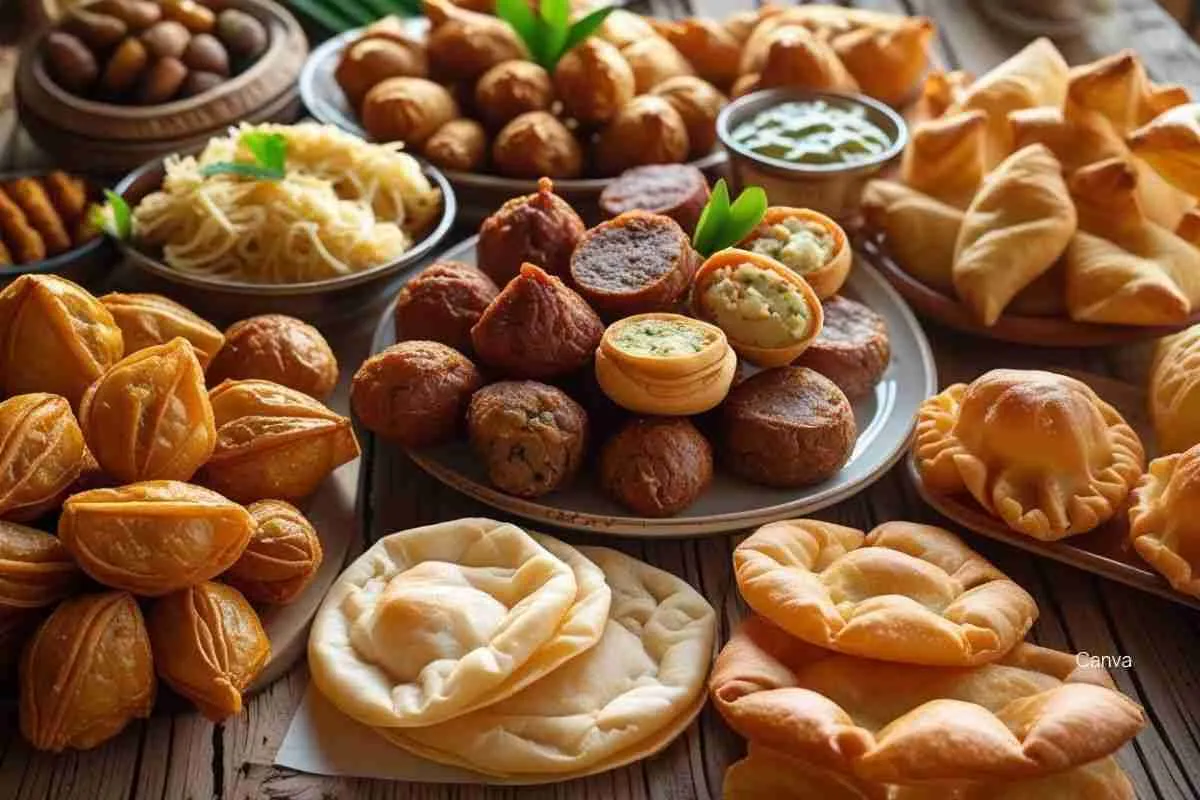
Let’s Review the Origins of Caribbean Snacks
Haitian Snacks: Flavor from Resilience
Haiti’s snacks reflect its African roots, French influence, and the island’s creative spirit. Found on every street corner or at every family gathering, they bring comfort, nostalgia, and serious flavor.
- Akra: This crispy fritter made from malanga (a root vegetable) is seasoned with herbs and spices that trace back to Africa. It’s fried until golden and delivers a savory, earthy crunch that’s impossible to forget.
- Griot: A celebration dish, griot is marinated pork fried to perfection. The flavors—lime juice, garlic, and fiery Scotch bonnet—are classic Haitian Creole, rooted in both African and French culinary practices.
- Paté Kodé: These deep-fried pastries are filled with spicy beef or saltfish. The buttery, flaky crust has clear French influences, while the fillings show Haiti’s resourcefulness and spice-forward style.
- Pain Patate: A beloved sweet made from sweet potatoes, coconut milk, and warming spices, pain patate feels like a tropical version of bread pudding—with serious heart.
- Chiquetaille: A bold, zesty shredded fish salad, chiquetaille uses preservation methods brought during colonial times while delivering bold Caribbean flavors that keep you coming back for more.
French Caribbean Snacks: Refinement Meets the Tropics
In islands like Martinique and Guadeloupe, French culinary refinement meets tropical boldness, producing snacks that are both elegant and deeply rooted in Creole traditions.
- Accras de morue: These salt cod fritters combine fluffy French dough techniques with Caribbean herbs and spices, resulting in a crispy, airy bite.
- Boudin créole: A Creole blood sausage with hints of thyme, cloves, and allspice—an indulgent nod to French charcuterie, remixed with island fire.
- Quenelles de poisson: Traditionally French, but here made with local fish like mahi-mahi or snapper, these soft dumplings are often dressed with spicy Creole sauces for extra island flavor.
- Tourment d’amour: Literally “torment of love,” this pastry features caramelized coconut, tender dough, and colonial-era heartbreak baked into every bite.



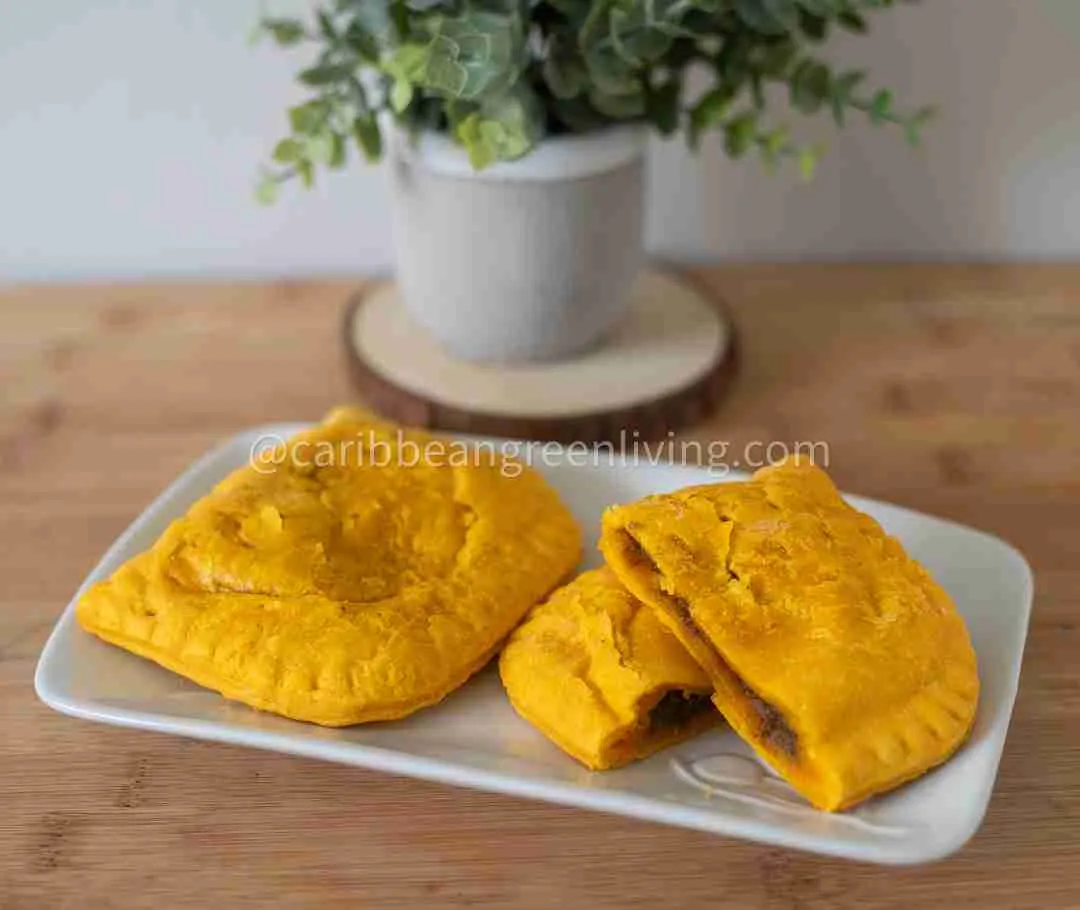

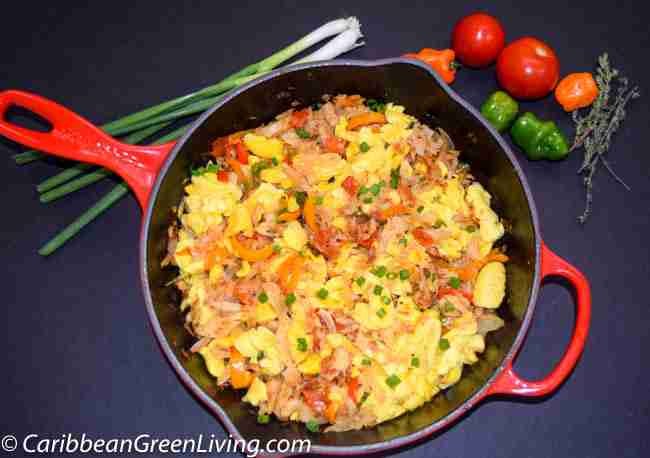

Jamaican Snacks: Spice, Soul, and Heritage
Jamaican snacks are as bold and lively as the island itself. Influenced by African, European, Indian, and Indigenous traditions, these snacks pack history into every bite.
- Jamaican Patty: Flaky, golden pastry filled with spicy meat or veg, this iconic snack evolved from the British Cornish pasty but is unmistakably Jamaican, with Scotch bonnet, thyme, and curry powder leading the charge.
- Festival: These sweet fried dumplings go with everything—jerk chicken, ackee and saltfish, or by themselves. They’re rooted in African cooking traditions, sweetened and adapted over time.
- Ackee and Saltfish (Snack-style): A national dish, sometimes served in smaller portions on bread or bammies. The use of ackee (from West Africa) and salt cod (a colonial import) shows how Jamaicans flipped the script on history.
- Curry Puffs & Rotis: A fusion of Indian and Jamaican flavors, these savory bites showcase how Indian indentured laborers left a lasting, delicious mark on the island’s culinary DNA.
- Bammies: Cassava flatbreads that originated with the Indigenous Arawak and Taino peoples, later adapted to modern Jamaican tastes and textures.
Trinidadian Snacks: A Spicy Mosaic of Cultures
Trinidad is a culinary melting pot, and its snacks are a testament to cultural fusion done right.
- Doubles: The street food king! Two pieces of fried flatbread (bara) stuffed with curried chickpeas (channa), often topped with mango chutney or spicy pepper sauce. Born from Indian traditions, but wholly Trini.
- Roti (Buss Up Shut): Flaky, torn roti served with curried everything. Originally Indian, but in Trinidad, it’s a staple—and a snack if you roll it small!
- Pholourie: Fried dough balls seasoned with turmeric and spices, typically served with chutney. A delicious result of Indo-Caribbean heritage, embraced by all.
These snacks aren’t just quick bites—they’re edible history, eaten daily across the islands. They reveal how the Caribbean took the ingredients and techniques of colonizers, enslaved peoples, and migrants—and transformed them into a cuisine that is flavorful, unique, and absolutely irresistible.
Caribbean Snacks Tell a Bigger Story
From Haitian akra to Trinidadian doubles, Caribbean snacks tell a story of survival, adaptation, and joy. They represent the merging of many cultures—African, European, Indigenous, Indian—into something entirely new and totally delicious.
Whether you’re sampling street food in Port-au-Prince, buying patties in Kingston, or grabbing accras in Fort-de-France, you’re biting into history with every crunch.
Hungry yet?
Share your favorite Caribbean snack in the comments—and don’t forget to pass this post to your fellow foodies!
Don’t forget to visit Noubess.com for your favorite condiments!
Sources:
- Rousseau M, Rousseau S. Provisions: The Roots of Caribbean Cooking. Da Capo Press; 2018.
- Staples B. How Sugar Helped Destroy the West Indies. The New York Times. 2019.
